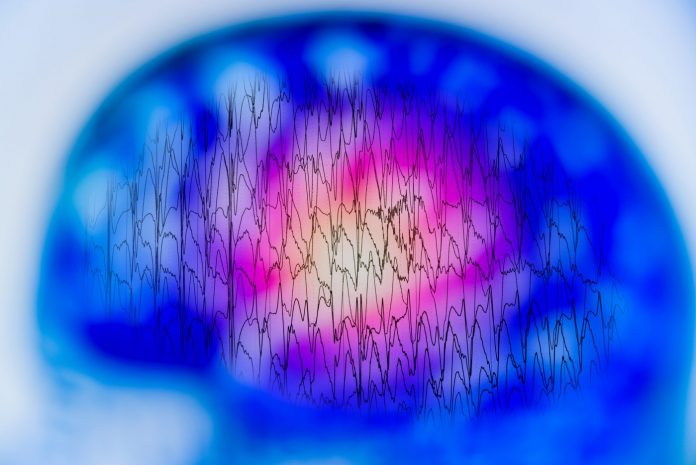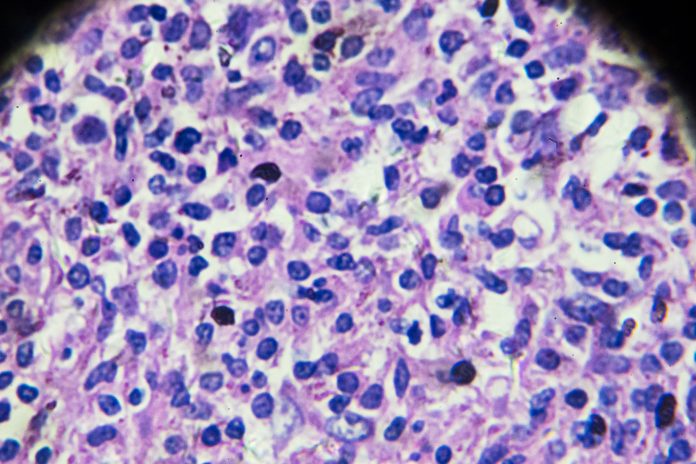
A landmark international study has identified a previously unknown genetic cause of neurodevelopmental disorders (NDDs), potentially bringing long-awaited diagnoses and clarity to families worldwide. The discovery, led by scientists at the Icahn School of Medicine at Mount Sinai and published in Nature Genetics, links mutations in a small non-coding gene called RNU2-2 to a severe form of NDD that includes prominent epilepsy.
The role of RNU2-2 and noncoding RNA
RNU2-2 is a type of small nuclear RNA (snRNA), part of the spliceosome complex responsible for processing pre-mRNA into mature transcripts. Unlike typical genes, RNU2-2 does not encode a protein but plays a key role in gene regulation. The new study reveals that mutations in this gene disrupt RNA splicing and gene expression during brain development.
“Our identification of RNU2-2 mutations as a cause of NDDs is particularly notable because it cements the biological significance of a class of small noncoding genes in NDDs,” said Daniel Greene, PhD, first author and assistant professor of genetics and genomic sciences at Mount Sinai.
More severe than ReNU syndrome
The team had previously identified RNU4-2 mutations as the cause of a related disorder known as ReNU syndrome. While both conditions share overlapping neurological symptoms, RNU2-2-related NDD is marked by a more severe epilepsy phenotype. These findings expand the known landscape of genetic causes for early-onset intellectual and developmental disabilities.
Unlike many inherited disorders, the RNU2-2 mutations appear to arise de novo—they are not passed down from parents but instead occur spontaneously during development. This makes the discovery especially important for families with no prior history of similar conditions.
Impact on families and future research
According to Ernest Turro, PhD, senior author and associate professor at Mount Sinai, “We estimate that the prevalence of RNU2-2 disorder is approximately 20% that of RNU4-2/ReNU syndrome, one of the most common monogenic types of NDD. This means there must be thousands of affected families worldwide.”
The study also highlights how receiving a genetic diagnosis empowers families to seek appropriate care, connect with others, and engage with new research opportunities.
“A diagnosis like this can be life-changing and the first step on the journey to putting in place the right support and care,” said Sarah Wynn, PhD, CEO of Unique, a support organization for families affected by rare disorders.
The researchers also discovered a separate mutation in RNU2-2 that appears to accumulate in healthy individuals with age, raising questions about its potential role in age-related neurological conditions. While the clinical impact of this somatic mutation is not yet known, it opens new avenues for studying the aging brain.
Looking ahead
This research underscores the power of modern genomics—especially whole-genome sequencing of large cohorts, such as the >50,000 individuals sequenced by Genomics England—in uncovering hidden causes of disease. It also raises awareness of the biological importance of noncoding RNA genes, which are often overlooked in clinical genetic testing.
As Greene summarized, “These insights highlight how small RNAs, long thought to be insignificant, can have a profound impact on brain development and disease.”









![Best Weight Loss Supplements [2022-23] New Reports!](https://technologytangle.com/wp-content/uploads/2022/12/p1-1170962-1670840878.png)




